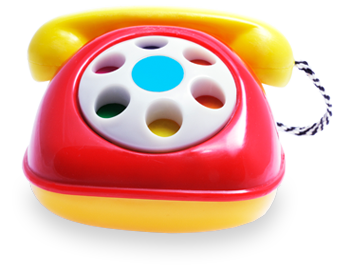Atrial and ventricular septal defects are common congenital heart defects, meaning they are present at birth, and their cause is unknown. Left unchecked, large ASDs and VSDs allow oxygen-rich and oxygen-poor blood to mix, which can lead to dangerously high pressure in the heart and lungs and reduced oxygen to the body.
Since the ventricles (the lower chambers of the heart) are responsible for the pumping action of the heart, VSDs are under a lot of pressure and usually need to be repaired within a child’s first year of life. There is less pressure in the atria (the upper chambers of the heart), so ASDs may not need to be repaired right away but usually before a child’s fifth birthday.

